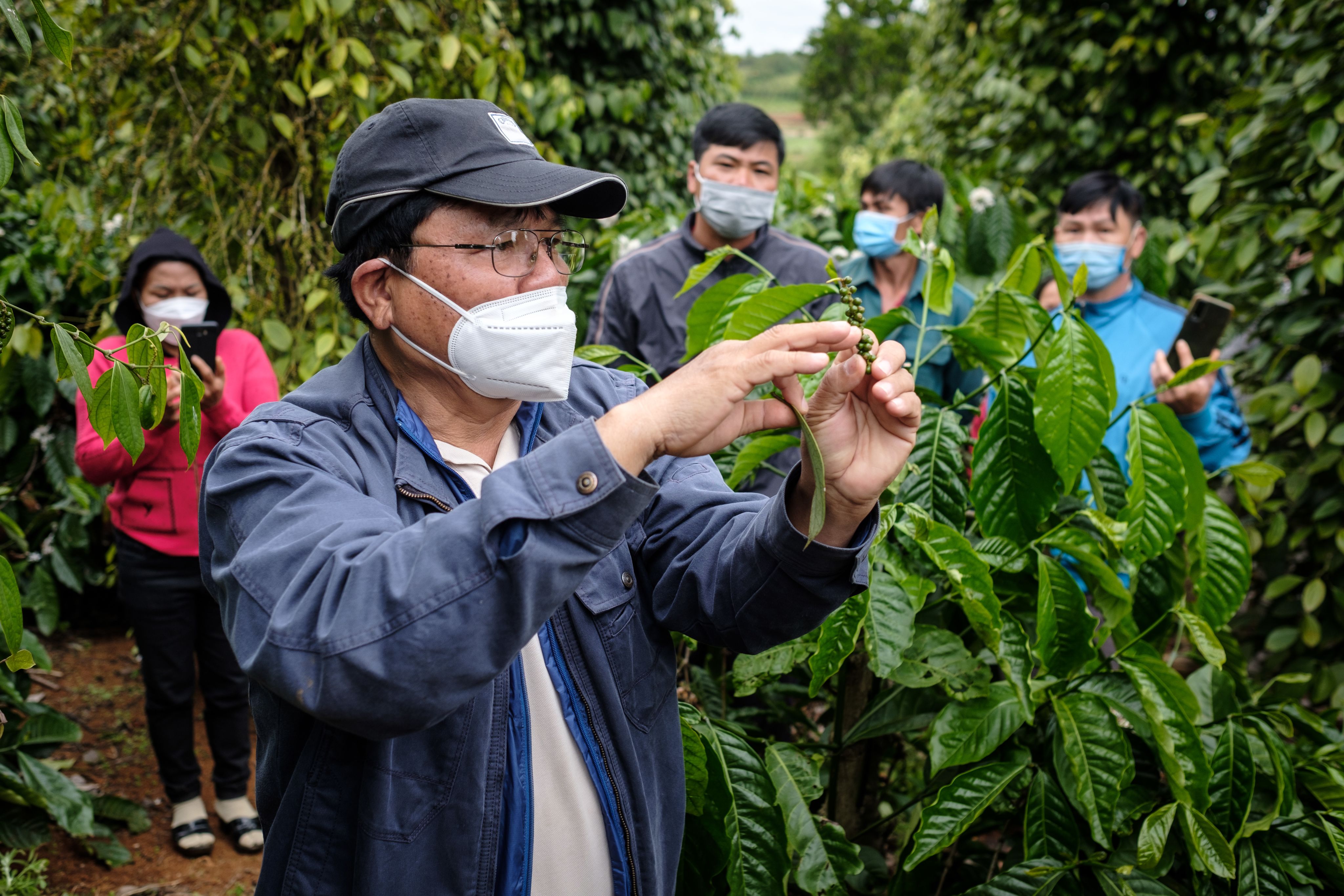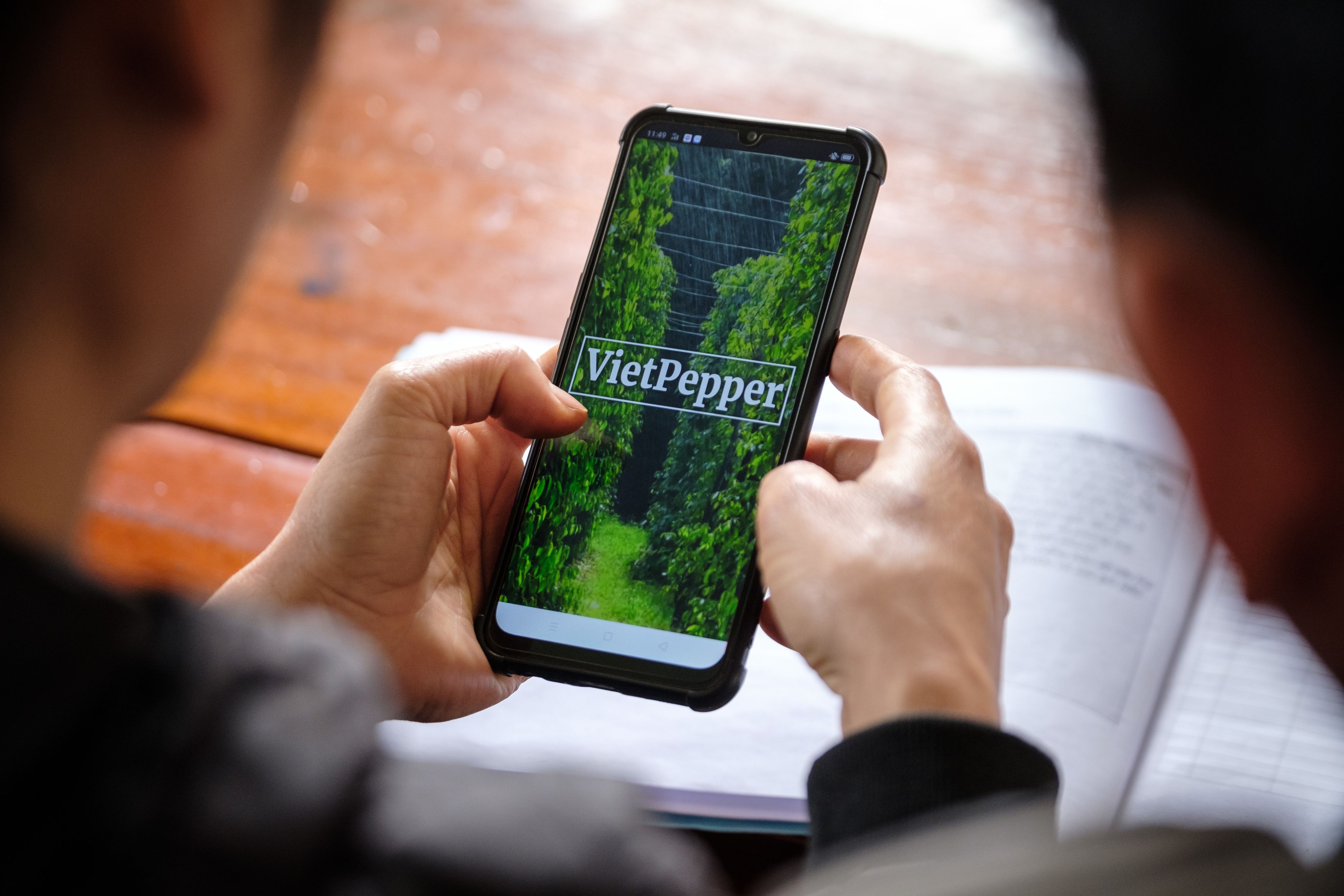From Farm to Table
Bringing a Taste of Vietnam to the World
Raising quality and safety standards has unlocked high value markets for the Southeast Asian country’s farmers.
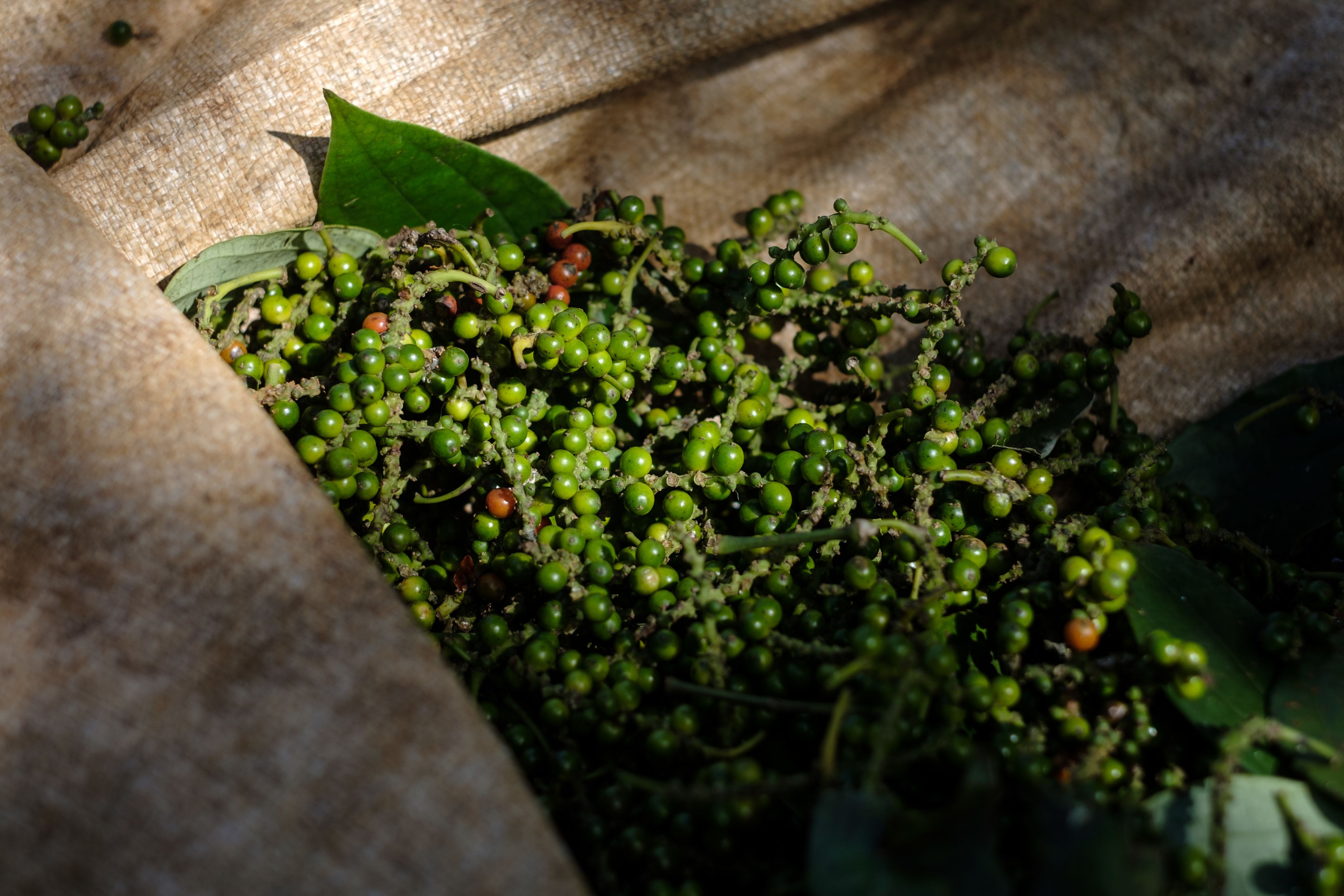
The neatly arranged bunches of exotic-looking fresh longan immediately caught Yu Ohyama’s eyes while recently shopping at her local supermarket in Hiroo, a glitzy residential area in Tokyo, Japan.
“Frozen and dried longans are common in Japan, but it was the first time I’d found fresh ones. I was pleasantly surprised. They came from Vietnam, and they tasted great,” said Yu.
But what the 32-year-old financial professional didn’t know was the long and challenging journey the Vietnamese longan had taken to enter Japan.
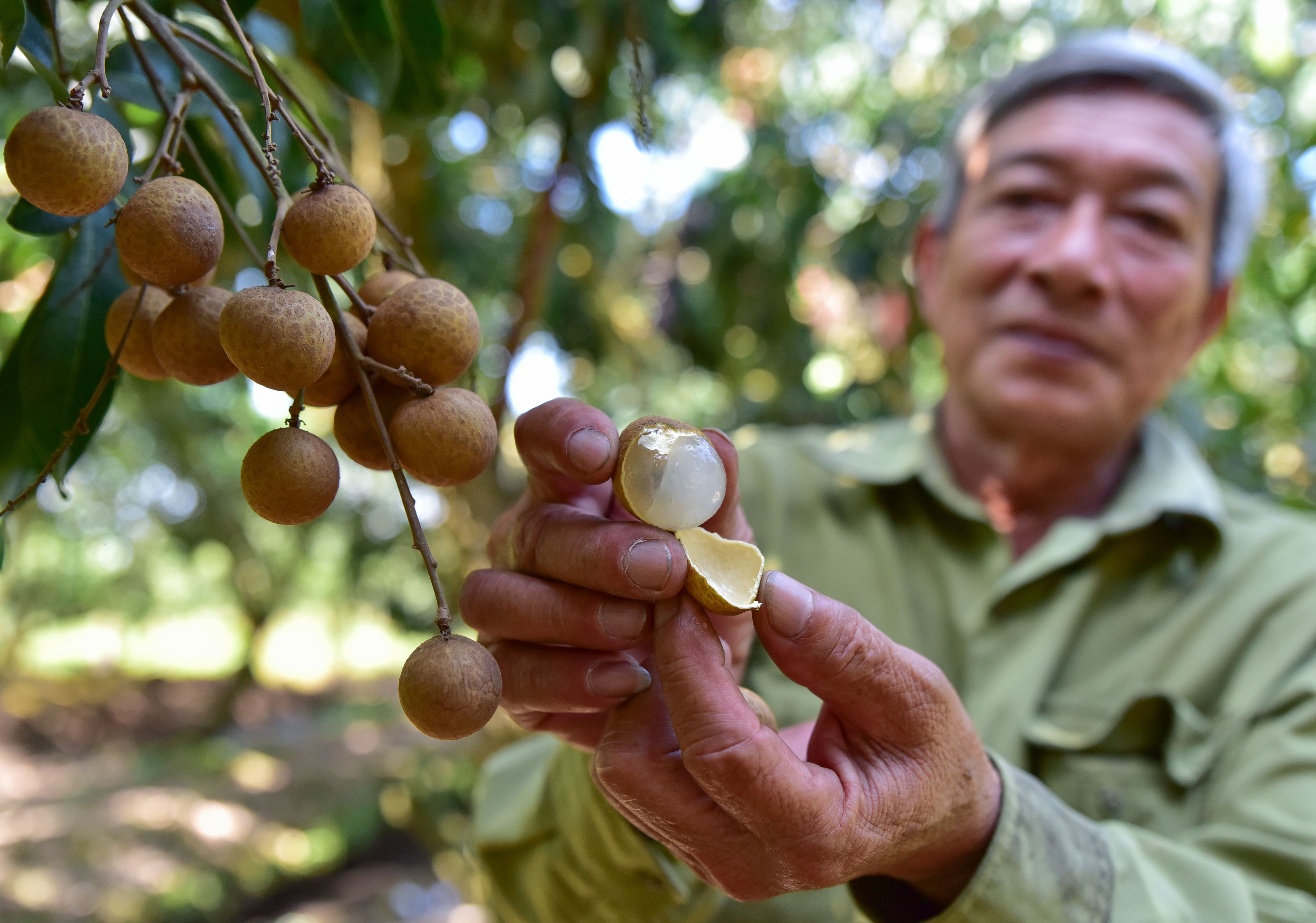
Le Van Vu, owner of a 4,000 m2 longan farm in Chau Thanh District, Dong Thap Province, has been growing longan for over ten years for export. Photo: Le Quan / IFC
Le Van Vu, owner of a 4,000 m2 longan farm in Chau Thanh District, Dong Thap Province, has been growing longan for over ten years for export. Photo: Le Quan / IFC
Vietnam has over 80,000 hectares of land producing about 600,000 tons of longan a year, but just two percent is exported as fresh fruit. A thin coat and watery filling until recently made it challenging to maintain the fruit’s freshness after phytosanitary treatment, a process used to eradicate pests and diseases, before entering strict markets that demand good quality produce and have high standards in food safety and biosecurity.
To enjoy the sweet taste of this nutritious, fresh fruit in Japan today follows the culmination of a six-year journey to reach the country, which imports nearly $20 billion in agricultural goods annually.
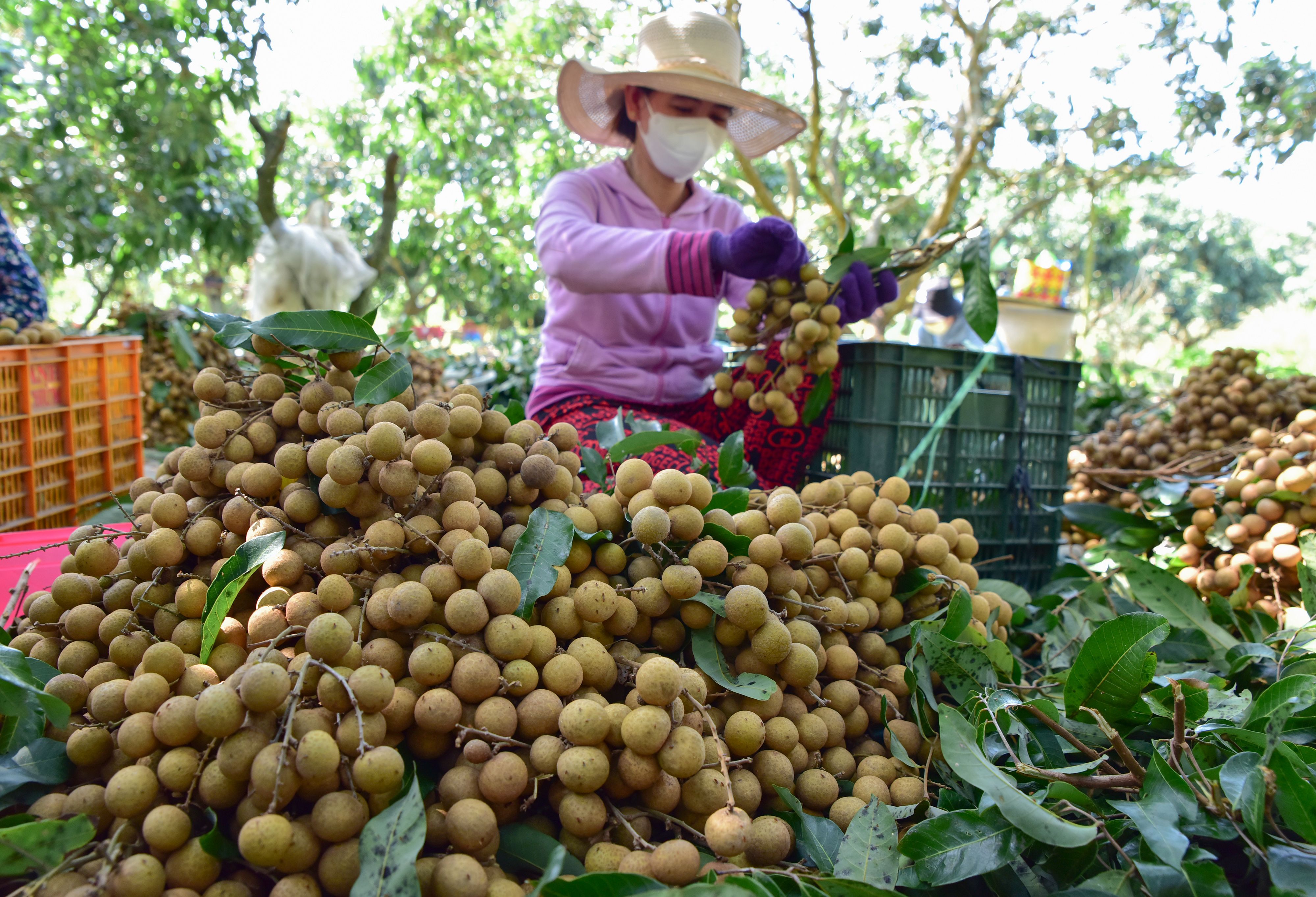
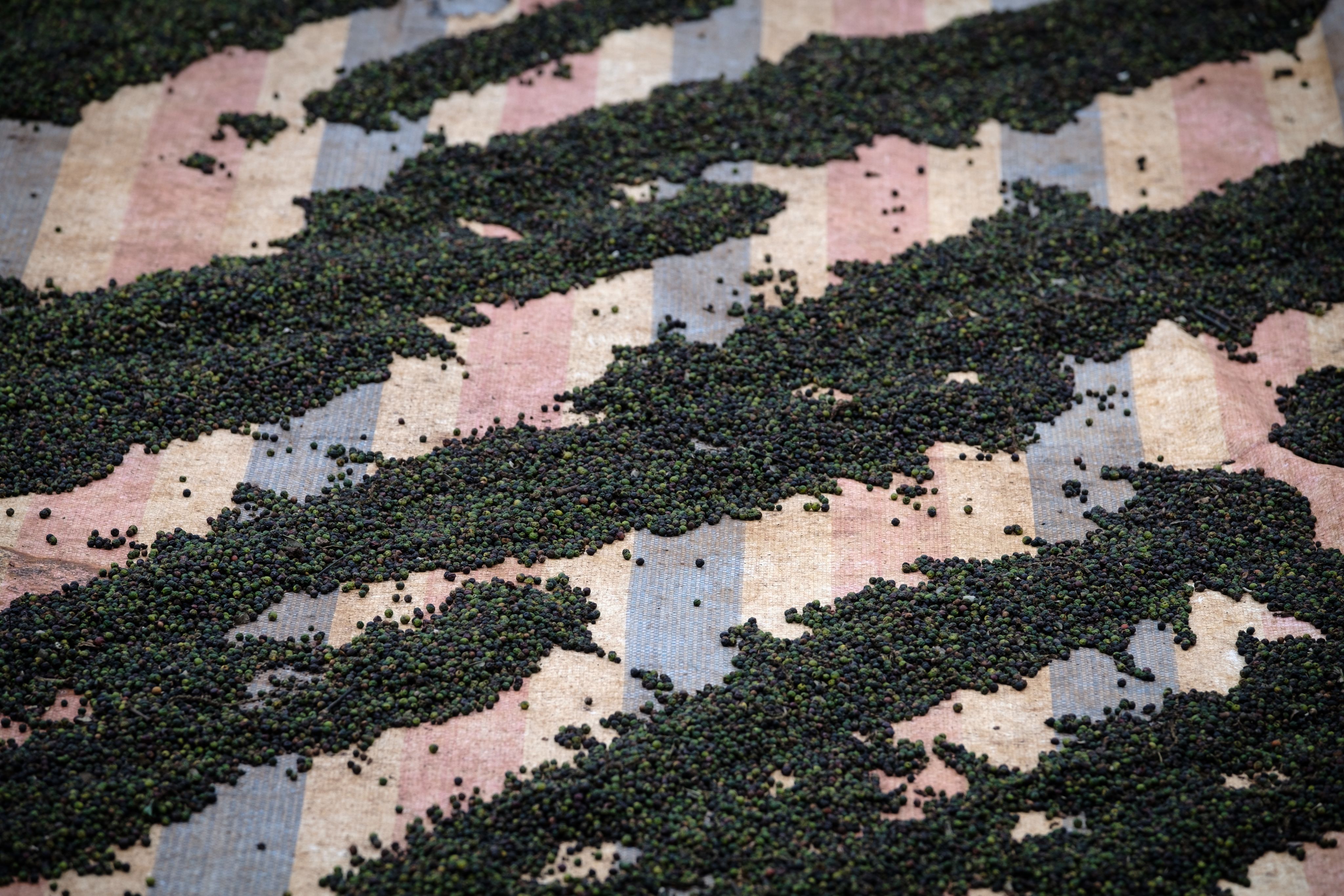
Keys to unlock high-value markets
Blessed with fertile soil and a temperate climate, Vietnam is one of the world’s largest producers and exporters of a wide range of agricultural products, including black pepper, coffee and rice. The Southeast Asian country is home to more than 30 different types of tropical fruit trees and industrial crops, and longan is just one with rich commercial potential.
Despite Vietnam’s emergence as a global agricultural powerhouse, with annual exports hitting over $53 billion in 2022, its products often remain locked out of high-value markets. Underlying this are the often uncertified and unsustainable farming practices that leave crops blighted by high levels of chemical residue, pests and diseases. A lack of traceable, certified and quality compliant supply chains adds to the issue. As a result, produce is exported mainly through informal channels at less competitive prices.
To address these challenges, IFC is helping to break new ground to realize the agricultural sector’s full potential as a driver of prosperity in rural communities.
Since 2020, IFC and Vietnam’s Ministry of Agriculture and Rural Development have taken aim at longan and other fruits to update and enforce requirements governing their phytosanitary measures, traceability, and food safety standards, in line with international practices.
In a first for Vietnam, an innovative and country-specific ‘cold treatment’ process was developed to eradicate any pests inside the fruit, while avoiding the use of chemicals or irradiation, to keep longan fresh and safe for export.
“This environment-friendly method is a game-changer as it helps Vietnamese fruits enter high-value Asian and European markets, which don’t accept our traditional methods,” said Nguyen Thu Huong, Deputy Director of the Plant Protection Department, Ministry of Agriculture and Rural Development.
Pests are now killed during the fruit’s exposure to low temperatures over a prescribed amount of time. Moreover, cold treatment can be performed during transportation, which helps save time and costs for exporters.
“With IFC’s support, we are now confident to apply the cold treatment process to other fruits,” said Huong.
IFC also supports awareness-raising on standardized farming processes, from field to factory, through an online training program, primarily for dragon fruit, durian, longan and passion fruit. This aims to expand the growing area of products qualified for export and improve standards in post-harvest treatment and packing to ensure traceability throughout the supply chain, which is a prerequisite to enter high-value markets.
The work is already delivering fruitful results. With IFC’s support, before longan received the green light to end its six-year wait to reach Japan, Vietnamese red dragon fruit was approved to enter the Korean market in July 2021, and passion fruit reached China a year later.
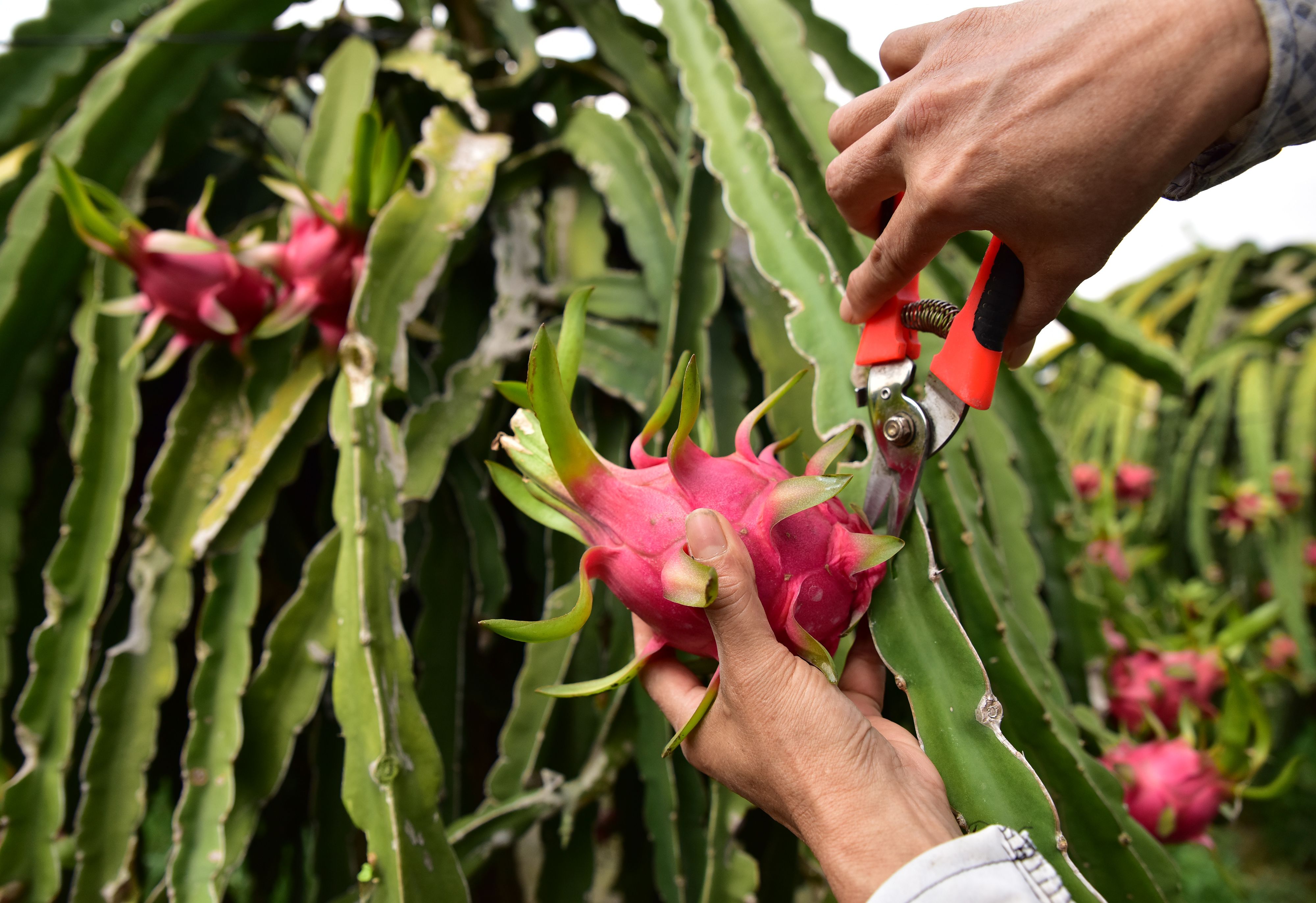
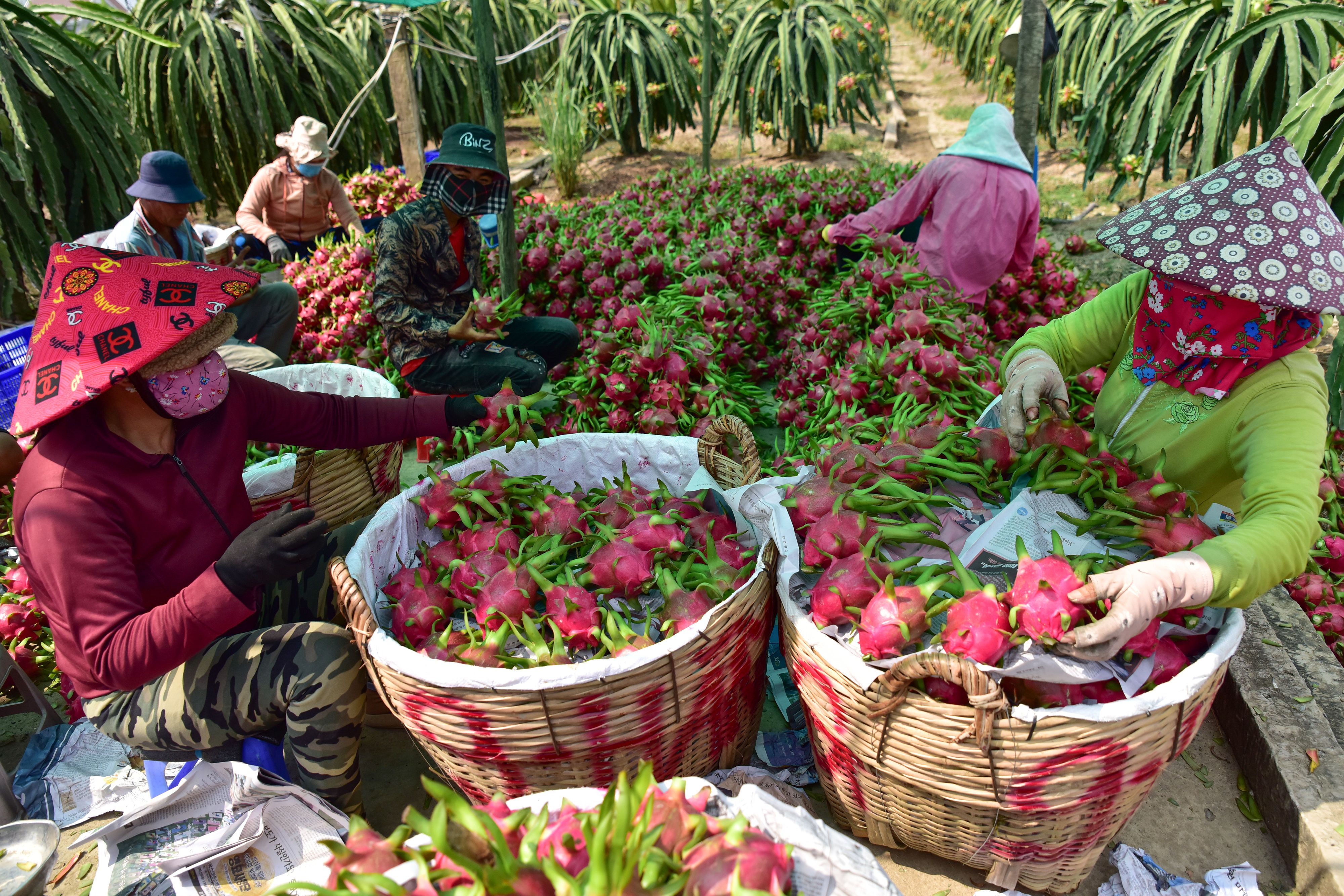
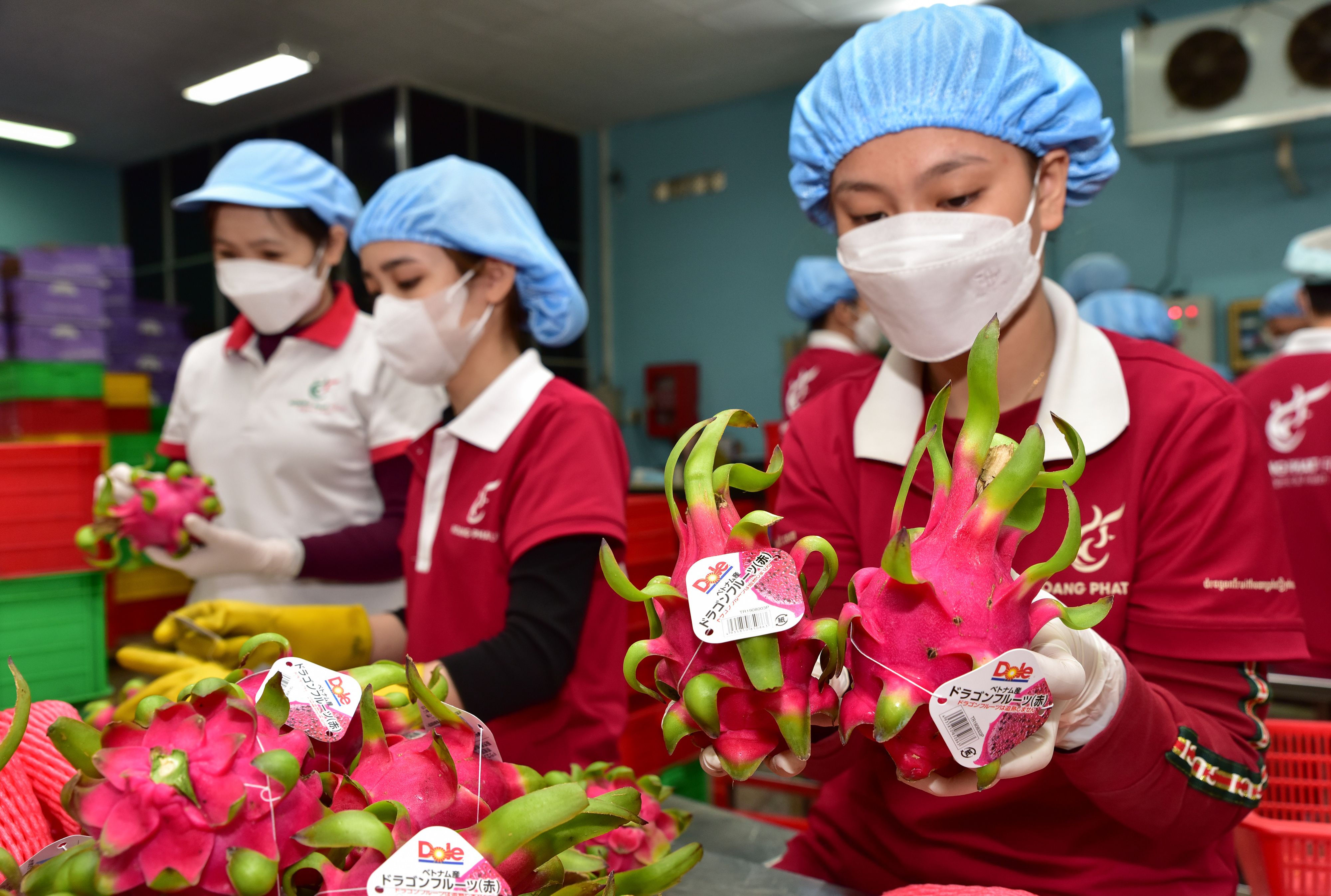
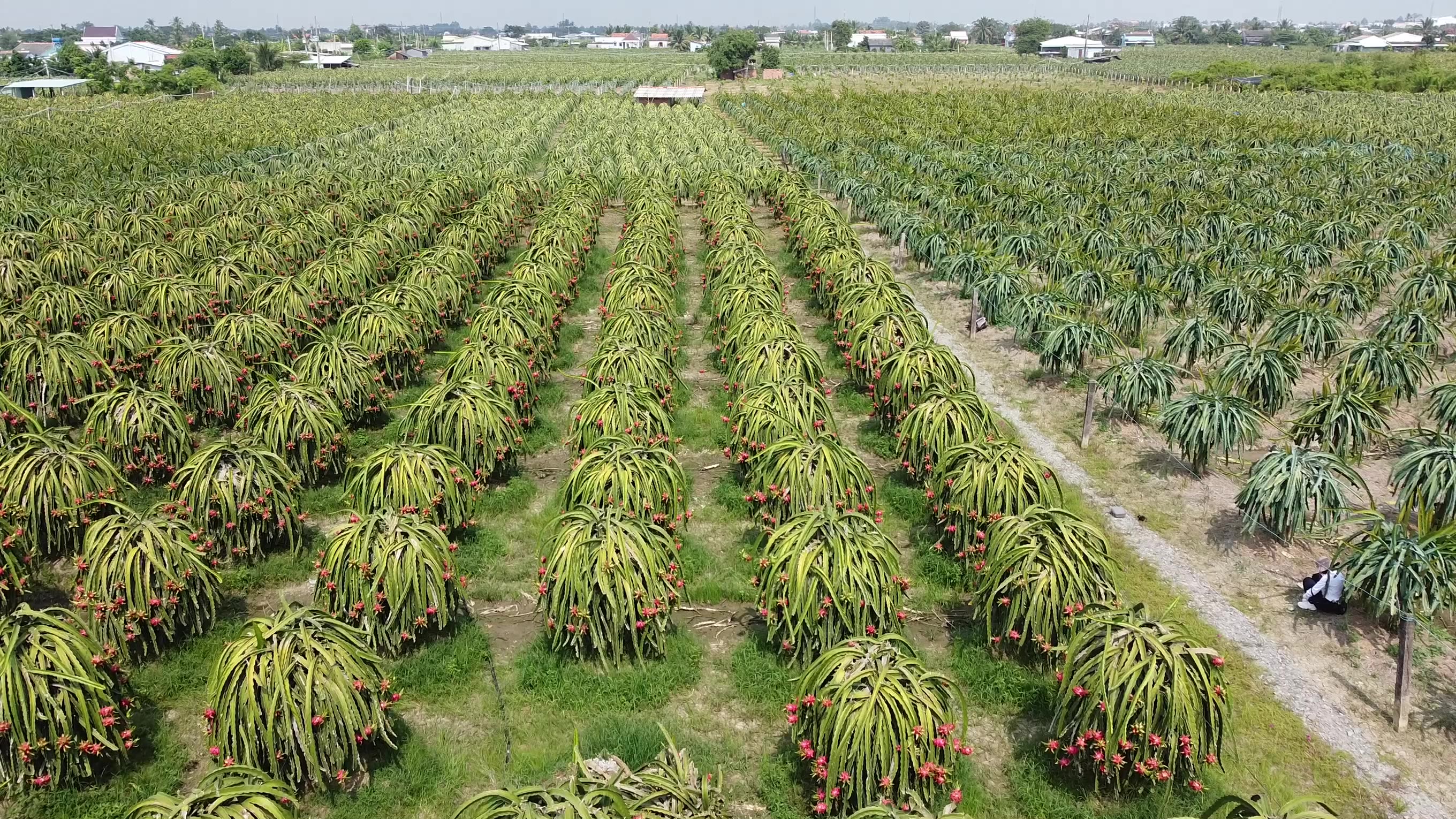
Sustainable pepper spices the market
Similarly, Vietnam’s pepper sector is also on a quest to unlock new markets.
The country is the world’s largest producer and exporter of black pepper, and its exports represented over half of the total global trade in black pepper. However, the industry faces several sustainability challenges.
The use of agrochemicals, which also results in environmental pollution, means shipments could be denied entry due to stringent maximum residue level standards of high-value markets. These outcomes are a direct result of farmers’ limited knowledge of sustainable farming practices.
In response, IFC worked with farmers in central Dak Nong province, one of the pepper capitals of Vietnam, to increase the sustainability of their farm management practices. To guide farmers on properly using agrochemicals, 20 demonstration farms were established as innovation and knowledge transfer hubs. Vietpepper, an e-learning tool, helped maximize the project’s reach, especially during the COVID-19 pandemic lockdowns.
“I knew using too many agrochemicals would be harmful to the health of trees and soil, but I couldn’t do anything else, otherwise the pepper trees would die,” said Ngo Thi Xuyen, who started a pilot crop with 500 pepper poles with a project agronomist’s support. By partly replacing pesticides with biological remedies and only using good quality agrochemicals, this translated into a dramatic fall in agrochemical traces to meet buyers’ requirements.
As a result, this brought Xuyen a $1,000 boost in income from her pilot crop and promised an additional $6,000 from each subsequent larger-scale crop from her three-hectare farm.
Xuyen was not alone. Through working directly with more than 2,000 farmers to address agrochemicals usage and adhere to international certification standards, more than 1,000 participating farms adopted recommended sustainable farming practices. Over 2,100 hectares were transformed into sustainably managed land, and the average yield on demo farms jumped from 2.5 to 3.6 metric tons per hectare.
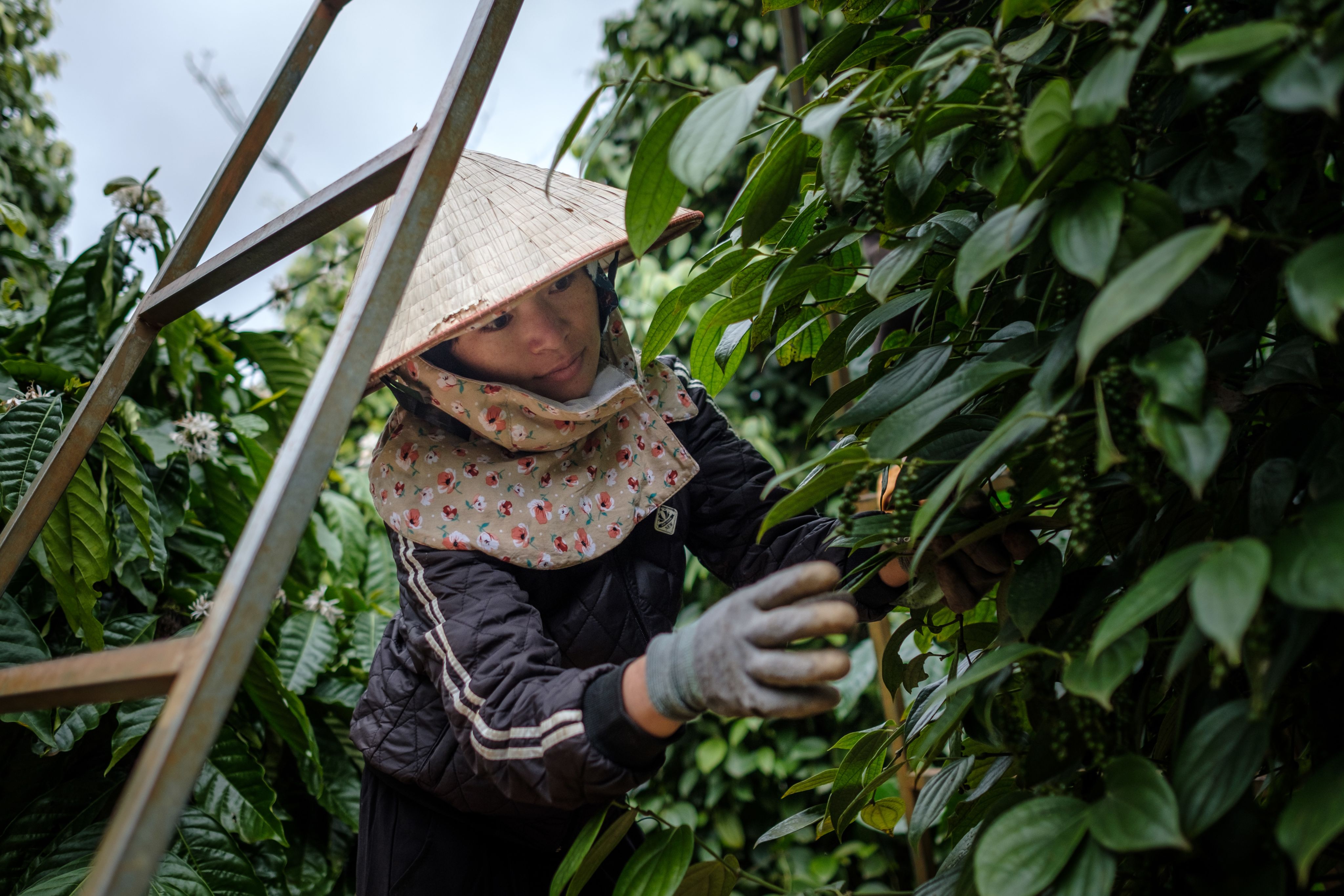

“Sustainability is the way to unlock the full potential of Vietnam’s horticulture sector. This is a win for our sector, its farmers, and consumers internationally.”

Seeds of change bears economic fruits
Vietnam’s recent pivot to sustainable agriculture to unlock export markets is not only better for consumers’ health and the environment. It also makes financial sense.
For exporter Hoang Phat Fruits, a company based in the southern province of Long An, the reward for meeting Japan’s entry requirements is fresh longan sold at about $13 per kilogram, compared to $2/kg domestically. This price allows the company, which sent the first 10-ton consignment in January, to buy longan grown in areas with identification codes at a price 30 percent higher than the untraceable longan.
Likewise, Vietnam’s pepper sector is also poised to benefit from higher returns.
Higher yield of sustainably grown pepper on demo farms helped farmers earn $5 more from each pepper pole, delivering a significant boost to their incomes when compared to the previous pre-project crop.
The drive to embrace crop sustainability was further financially incentivized by IFC’s Global Trade Supplier Finance facility, which provided suppliers of McCormick’s herbs and spices with financial incentives linked to improvements in measures of social and environmental sustainability. During the project, three local pepper suppliers gained between $6,000 and $28,000 through discount rates of working capital financing per sale, depending on their sustainability ranking.
“Sustainability is the way to unlock the full potential of Vietnam’s horticulture sector,” Huong added. “This is a win for our sector, its farmers, and consumers internationally.”
